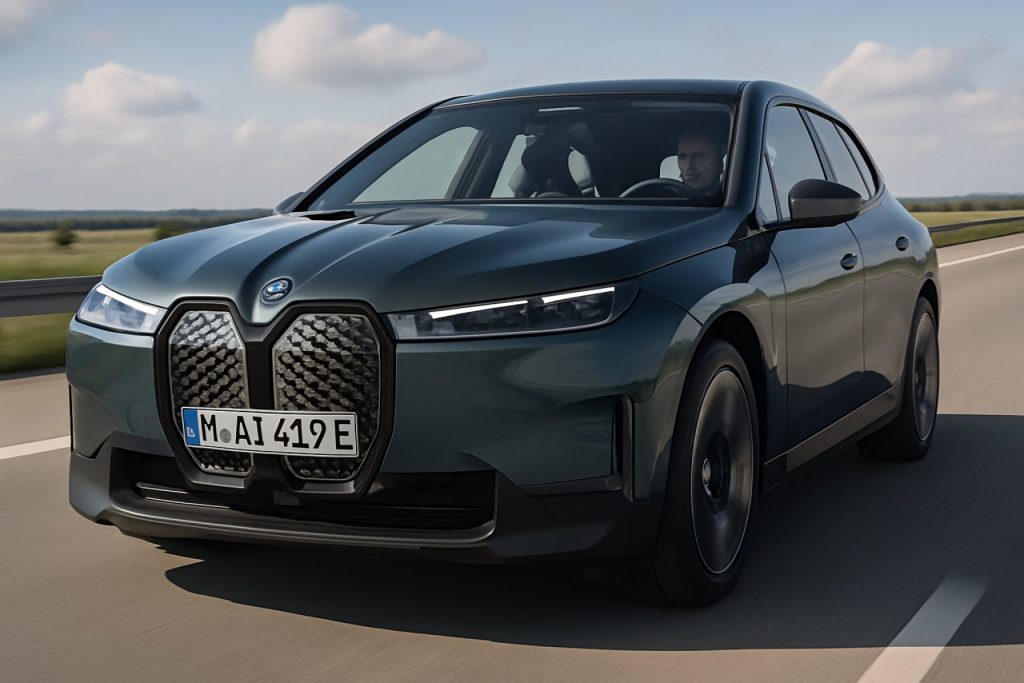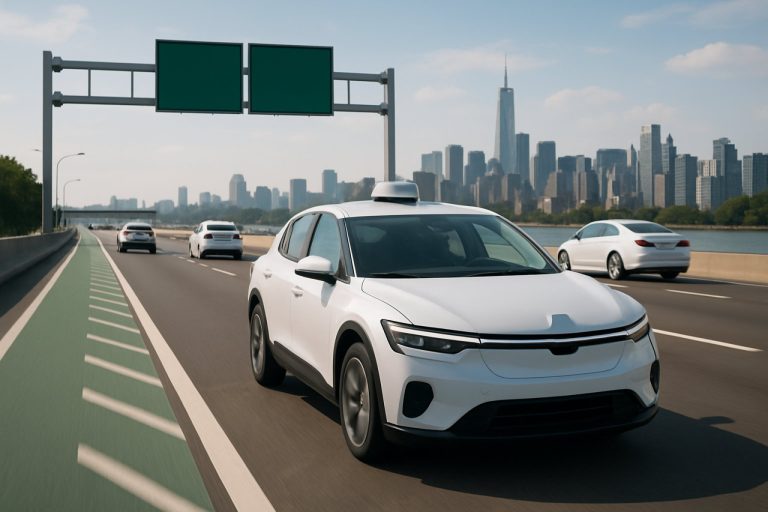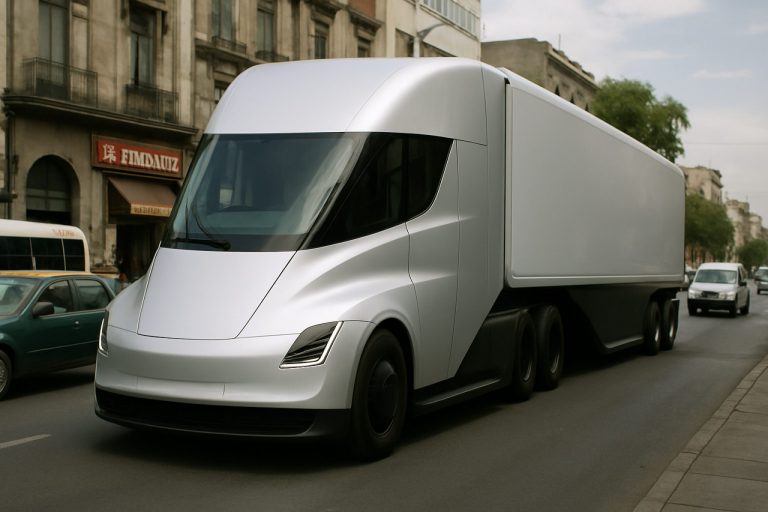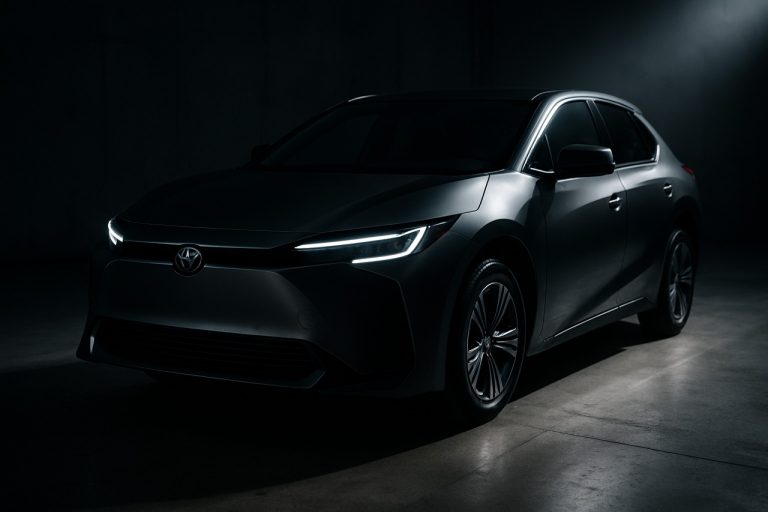
- BMW has produced its three-millionth electrified vehicle, marking a significant milestone in electric mobility and sustainable automotive manufacturing.
- As of 2024, one in every four BMW vehicles sold features a fully electric or plug-in hybrid system, reflecting strong global demand for electrified cars.
- BMW’s innovative assembly lines now build combustion, hybrid, and electric vehicles together, enabling rapid adaptation to market shifts.
- Over 1.5 million fully electric vehicles from BMW, MINI, and Rolls-Royce are already on roads across 140+ countries, with the majority of new electrified sales being purely electric.
- Drivers can expect increased model choices, improved battery technology, faster charging, and a luxurious yet eco-conscious driving experience in the near future.
Power hums through the corridors of BMW’s Munich factory, echoing from the polished steel of the latest triumph—the three-millionth electrified vehicle has just rolled off the assembly line. The milestone vehicle, a sophisticated BMW 330e Touring bound for roads in the UK, stands as a testament to a sweeping transformation gripping the auto industry.
The achievement is more than a number. Take a closer look: as of 2024, one in every four BMW vehicles sold sports either a fully electric motor or a plug-in hybrid system. That statistic is not just a marker of past success, but a glimpse into the fast-approaching future of mobility—a world in which electrification is the norm, not the exception.
Revolution on the Line
BMW’s strategy shatters old manufacturing conventions. On the same assembly lines where combustion engines once reigned supreme, electric and plug-in hybrid drivetrains now share space in seamless choreography. This integrated model delivers flexibility—and the company’s ability to scale production as desire for electric vehicles surges. BMW’s manufacturing philosophy demonstrates how tradition and innovation can coexist under the same roof.
From i3 to Innovation Avalanche
The electric odyssey began in 2013 with the launch of the BMW i3 at the Leipzig plant. That city car, with its unconventional architecture and forward-looking spirit, ignited a decade of experimentation. Alongside it, the BMW i8 pushed hybrid technology, melding electricity and combustion into a vision that was both practical and bold.
Back then, electrified models needed their own specialized spaces on the production floor. In contrast, today, most BMW plants assemble cutting-edge plug-in hybrids with diesel and gasoline vehicles on the very same lines. It’s a sign of how far the company has traveled—and how fluidly it has adapted to rising demand for sustainable mobility.
BMW Charging Ahead
The numbers tell a striking story. By 2024, more than 1.5 million all-electric vehicles from the BMW, MINI, and Rolls-Royce stables are already out on the roads, traversing cities and countryside in over 140 markets. Around 75% of BMW’s electrified car sales today are purely electric—no tailpipes, no gasoline stops, just the silent thrill of instant torque.
What’s Next for Drivers?
This manufacturing milestone isn’t just corporate chest-thumping; it reshapes what drivers can expect. Advances in battery technology, expanding infrastructure, and policy incentives from governments across Europe, Asia, and North America are fueling exponential growth. For more on BMW’s global operations and vision, visit the official BMW website.
For consumers, this means an expanding array of electric models—sleek sedans, robust SUVs, spirited compacts—all engineered for performance without compromise. The future promises longer ranges, faster charging, and a driving experience that merges luxury with conscience.
Key Takeaway: BMW’s three-millionth electrified vehicle is a beacon. It signals not just an industrial victory, but the accelerating shift toward clean, flexible, and exhilarating mobility. The road ahead is electric—and it’s wide open.
BMW’s Electrified Milestone: What It Means for the Future of Cars—And for Drivers Ready to Go Electric Now
BMW’s recent achievement—the rollout of its three-millionth electrified vehicle from the iconic Munich factory—is more than just a production tally. It symbolizes a turning point in automotive history, steering the global market toward widespread adoption of electric mobility. Let’s dig deeper into the facts, trends, and practical implications of this milestone for car buyers, investors, and tech enthusiasts.
Supplementary Facts: What the Headlines Missed
BMW’s Rapid EV Market Growth
– As of Q1 2024, BMW Group’s electric vehicle (EV) deliveries are seeing double-digit annual growth, with EV share expected to surpass 20% of its global sales by year-end (Source: BMW Group Annual Report).
– BMW’s i4, iX, and the upcoming Neue Klasse models underline the brand’s multiphase rollout of next-gen EVs, combining sophisticated performance with reduced emissions.
Global Expansion Beyond Munich
– BMW produces electrified vehicles in several strategic locations—including Leipzig, Dingolfing, and Shenyang—demonstrating decentralized production for supply chain resilience.
– The company’s U.S. plant in Spartanburg, South Carolina, is ramping up to become a leading hub for BMW full-electric SUVs, particularly targeting North American markets.
Battery Technology and Sustainability
– Via its Circular Economy Initiative, BMW is advancing battery recycling, aiming for up to 95% recycling rates of key raw materials like nickel, cobalt, and lithium (Source: BMW Sustainability Report).
– BMW has secured long-term battery supply partnerships with CATL, Northvolt, and Samsung SDI, focusing on sustainable sourcing and next-gen solid-state batteries.
Charging Ecosystem & Infrastructure
– Through BMW Charging, the Group offers European and U.S. customers access to over 430,000 public charging points via roaming agreements and digital integration.
– Partnerships with major operators (Ionity, Electrify America) enable rapid charging for long-distance travel, reducing ‘range anxiety’ and supporting adoption.
Government Incentives & Policy Backing
– Buyers in the EU and U.S. can benefit from substantial incentives: up to €9,000 for EVs in Germany and tax credits up to $7,500 in the U.S. for qualifying BMW electric models.
– BMW is actively engaged in shaping regulatory frameworks, supporting EU14 new emissions standards and infrastructure investments.
How-To Steps & Life Hacks: EV Transition Simplified
1. Evaluate Your Daily Range: Typical BMW EVs like the i4 offer 300+ miles—sufficient for most commutes and road trips.
2. Explore Charging Options: Install a Level 2 home charger or identify public fast-charging locations using the BMW Charging app.
3. Tax and Incentives: Check local/ national EV incentives to lower your upfront cost.
4. Test Drive Multiple Models: Compare plug-in hybrids, pure electrics, and different model sizes to match your lifestyle.
5. Understand Maintenance Savings: EVs need less maintenance—no oil changes, fewer moving parts, lower brake wear.
Pros & Cons Overview
Pros:
– Instant acceleration and smooth, quiet driving
– Lower operating and maintenance costs
– Cutting-edge safety and infotainment features
– Strong government incentives reduce purchase cost
– BMW’s build quality and brand prestige
Cons:
– Higher upfront cost (though incentives help)
– Public charging network still expanding, especially in rural areas
– Home charging installation adds a setup step
Industry Trends & Forecasts
– According to the International Energy Agency (IEA), global EV sales will reach 17 million units in 2024; premium brands like BMW are leading early-adopter segments.
– BloombergNEF predicts battery pack prices may dip below $100/kWh by 2026—the tipping point for price parity with gasoline models.
– BMW’s Neue Klasse architecture, launching 2025, will offer advanced battery efficiency and bidirectional charging, potentially turning cars into mobile energy storage devices.
Reviews & Comparisons
– BMW i4 vs. Tesla Model 3: Reviewers note BMW’s superior driving dynamics, build quality, and interior comfort, though Tesla still leads range and charging speed in some models (Car and Driver, WhatCar?).
– BMW iX vs. Audi Q8 e-tron: Both offer luxury, but BMW’s infotainment system and battery tech earn high praise; Audi remains competitive on range and driver assistance features.
Controversies & Limitations
– Some environmental groups criticize supply chain transparency around rare earth metals, though BMW has committed to third-party audits and traceability.
– Critics also highlight that legacy automakers face higher costs scaling battery production compared to new entrants like Tesla or BYD.
Security & Sustainability
– BMW prioritizes software cybersecurity—OTA (over-the-air) updates protect against vulnerabilities (Source: BMW ConnectedDrive).
– 100% renewable energy powers all BMW European plants, indicative of holistic green transformation.
FAQs: Pressing Questions Answered
Q: Does going electric with BMW badge mean sacrificing driving enjoyment?
A: No—BMW’s EVs deliver trademark sporty handling, quick acceleration, and superior road feel.
Q: How long does it take to charge a BMW EV?
A: Using DC fast charging, most BMW full-electrics reach 80% in 30-40 minutes; home charging overnight is typical.
Q: What about battery longevity?
A: BMW batteries are covered by 8-year/100,000-mile warranties; real-world studies show modern EV packs easily exceeding this threshold.
Q: Where do I start if I want to buy a BMW EV?
A: Visit the official BMW website to explore models, book test drives, and access the online configurator.
Actionable Tips for Future-Proofing Your Mobility
– Compare insurance premiums for EVs and hybrids—rates can be lower than for ICE equivalents.
– Sign up for BMW’s charging subscription for discounted public charging and simplified billing.
– Consider a plug-in hybrid if you’re not ready for full electric—enjoy EV mode for city driving while retaining gasoline backup.
– Use public charging points at shopping malls or grocery stores to ‘top up’ while you run errands.
Conclusion
BMW’s electrified revolution is well underway, bridging luxury with sustainability. Whether you’re a city commuter, long-distance traveler, or tech-forward enthusiast, there’s never been a better—or smarter—time to consider going electric. Stay informed—explore, compare, and test drive. The road ahead isn’t just electric; it’s tailored for you.
For more insights and official updates, visit the BMW website and track the latest in EV innovation.



